Leading market players are investing heavily in research and development in order to expand their product lines, which will help the Banana Powder Market grow even more. Market participants are also undertaking a variety of strategic activities to expand their global footprint, with important market developments including new product launches, contractual agreements, mergers and acquisitions, higher investments, and collaboration with other organizations. To expand and survive in a more competitive and rising market climate, the banana powder industry must offer cost-effective items.
Manufacturing locally to minimize operational costs is one of the key business tactics used by manufacturers in the banana powder industry to benefit clients and increase the market sector. In recent years, the banana powder industry has offered some of the most significant advantages. Major players in the Banana Powder Market, including Chiquit, Del Monte Fresh, Dole Food Company, Inc., Fyffes, Banana Link, BANATONE FOOD INDUSTRIES, Mevive International Food Ingredients, Santosh Food Products., and others, are attempting to increase market demand by investing in research and development operations.
Edward & Sons Trading Co., Inc. was founded in 1978 by Joel Dee, and it is headquartered in Carpinteria, California. The company specializes in providing a range of vegetarian and vegan food products, including snacks, soups, broths, sauces, and other organic and non-GMO offerings. They are known for their commitment to sourcing high-quality ingredients and promoting sustainability in their business practices. One of their notable product lines is "Let's Do Organic," which includes items like organic coconut products, organic starches, and other pantry staples.
The company has gained a reputation for catering to consumers with specific dietary preferences, such as those following vegetarian, vegan, or gluten-free diets. June 2021, Edward & Sons Trading Co., Inc. launched Let's Do Organic® Green Banana Flour. This is made from unripe organic bananas before their sugar content has fully developed, then dried at low temperatures to retain the benefits of their nutrients and resistant starch.
Kokos Natural is an export and retail house that specializes in selling natural & organic products. Kokos Natural provides a global platform for all Food& Wellness products through its intensive sourcing & supply chain capabilities. Kokos Natural aims to transform the food industry into a healthier and organic eating one. Patriotic to the core, they aspire to globalize our Indian products in the near future and bring in some much-needed diversity into healthy living.
In March 2021, Kokos Natural launched NATIRÈL Banana flour, which is a powder traditionally made of green bananas that are often used as a gluten-free replacement to wheat flours or as a source of resistant starch, which has been promoted by certain dieting trends such as primal diets and paleo and by some recent nutritional research. This approval has further broadened the growth opportunity for the Banana Flour industry.


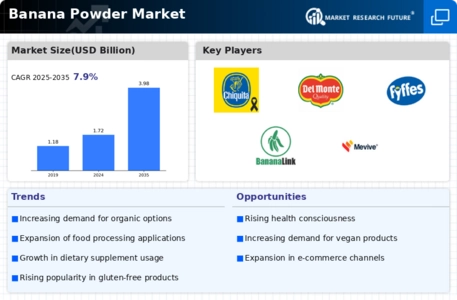
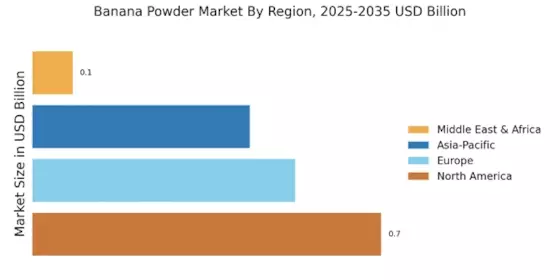
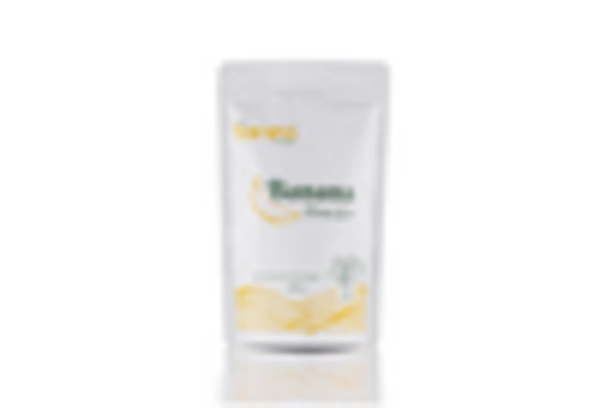
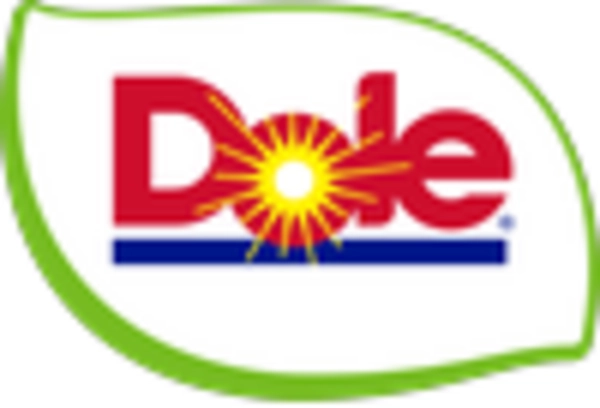
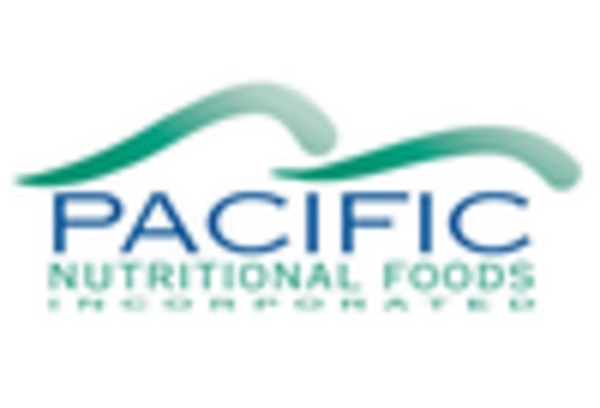
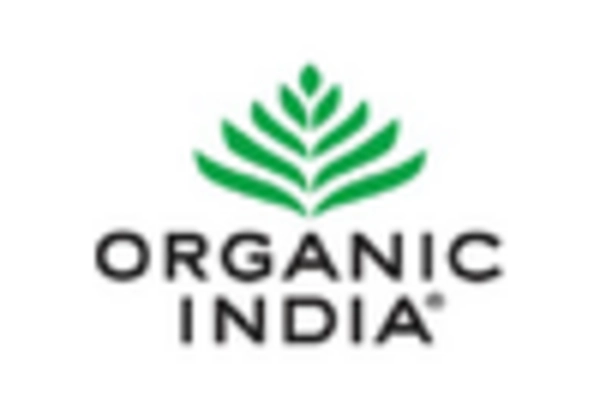
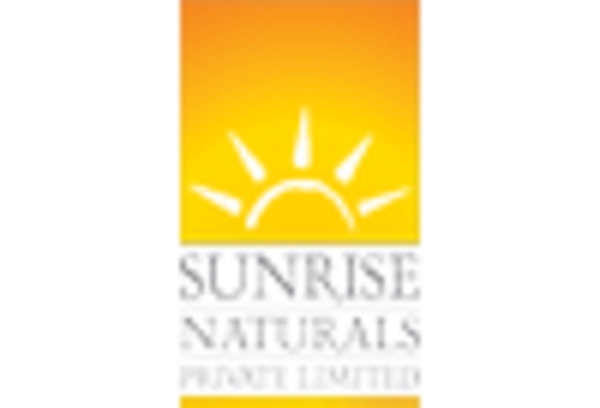
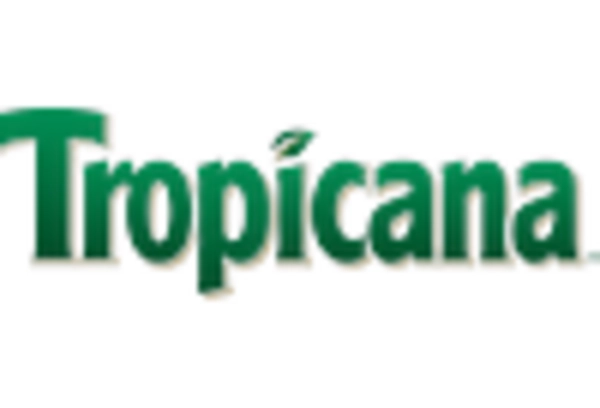








Leave a Comment